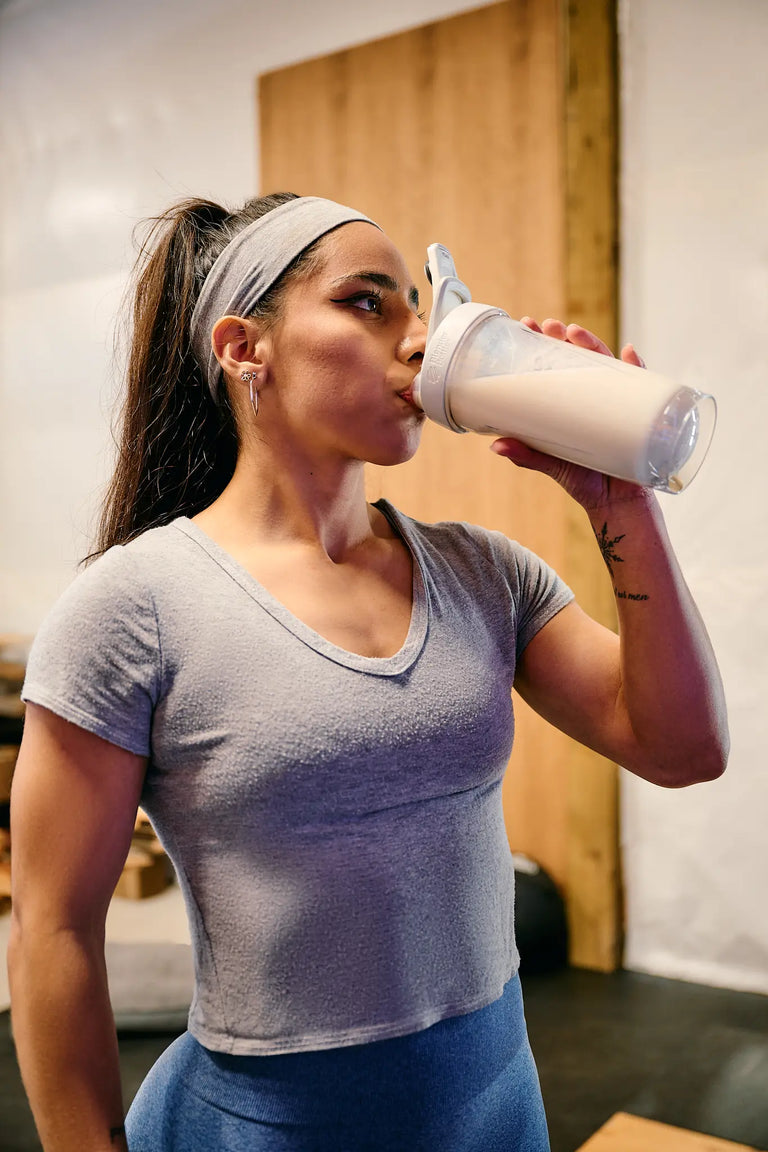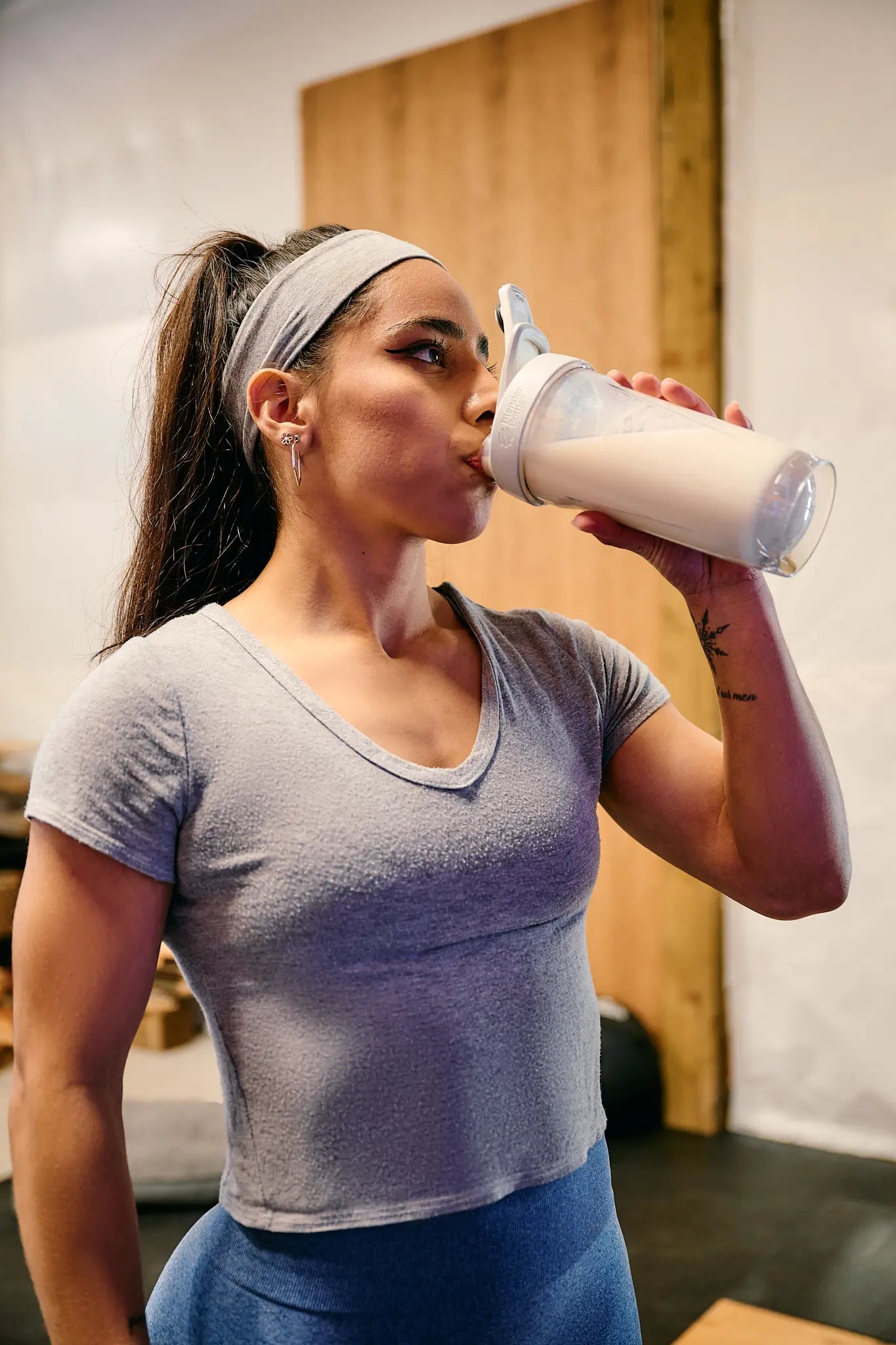If you spend any time on social media, you’ll see that many people are tired of hearing about protein – protein pop-tarts, protein cookies, protein ice cream. It truly is one of today’s biggest nutrition trends. Personally, I’m all for it.
For too long, society has neglected eating a beneficial amount of protein, for both athletes and non-athletes. The Recommended Dietary Allowance (RDA) is still a meager 0.8g of protein per kilogram of body weight. Studies now suggest a more appropriate target of 0.65-1.0g per pound of body weight for active individuals, or more depending on individual goals and needs.
For a long time, Western culture assumed that the amount of meat consumed ensured we were getting enough protein. But that’s simply not true. Studies have shown that athletes, in particular, rarely meet their nutritional needs.
While Gnarly clearly supports the use of supplements, we fully recognize that a diet consisting mostly of whole foods is optimal for everyone. Whole food protein sources are packed with minerals, vitamins, phytochemicals, and other essential nutrients. However, it can be difficult to get all our protein from whole foods, especially when we’re short on time or looking to gain weight. That’s where protein supplements can be beneficial.
We are not lacking in protein powders these days. There are hundreds of options available, and we know that some are significantly better than others. Not all protein powders are created equal.
So, how do you sort through protein powder labels and marketing hype to find what will serve you best? That’s what we’re going to explore in this article.
The quality of your protein powder is one of the most important factors to consider. When you spend money on any product, you want to ensure you’re getting full value. In the case of protein, we want to consider complete versus incomplete proteins. Protein is made up of 20 different amino acids. We have essential amino acids (EAAs) that our bodies cannot make, conditionally essential amino acids that our bodies sometimes make, and non-essential amino acids that our bodies produce. A complete protein contains all nine EAAs, while incomplete proteins lack or are low in EAAs.
One thing to consider regarding plant-based proteins is that they are generally low in EAAs. Pea protein, for example, is often low in methionine. However, if you’re a plant-based athlete or cannot digest whey, that doesn’t mean you’re set up for failure by consuming plant-based protein powders. You can find other sources of methionine, for example, in white beans, tofu, and certain nuts. This is just one consideration when choosing the protein that will serve you best.
You may also choose a protein based on its processing method. You might see terms like isolates, hydrolysates, and concentrates. These terms refer to how the protein powder was processed. Isolates undergo a filtration process that reduces the amount of carbohydrates and fat. They are also slower to digest. Hydrolysates go through an additional process that breaks down the protein further, making them easier to digest and absorb. While this sounds beneficial for muscle gain, there isn’t significant evidence to support this.
Concentrates are the least processed protein but contain higher amounts of carbohydrates and fat, which generally comes with extra calories. However, when considering using protein for refueling after training or performance, these extra carbohydrates and fat can be helpful alongside the protein to maximize recovery.
Allergies and intolerances are another important consideration when choosing your protein powder. If you cannot tolerate dairy, plant-based protein is a good option. Most plant-based powders are made from soy, pea, hemp, or rice. Soy is a common allergen, so make sure you read the label to avoid any reactions. This is one of the reasons Gnarly Vegan is made from a blend of pea protein isolate, chia seed protein, and cranberry seed protein.
While the list could go on, one more crucial consideration when choosing a protein that works for you is what else is in it. Some people are concerned about sweeteners in their protein, but they should also consider the amount of heavy metals that companies are currently being cited for. Unfortunately, in the US, the FDA does not test the purity or safety of nutritional supplements. Make sure you choose a protein powder that has been third-party tested.
Gnarly Whey and Gnarly Vegan are both NSF Contents Certified. This means they have been tested to the highest standards, and you can be sure that your protein does not contain any harmful chemicals or heavy metals.
Protein is a major nutrition trend, and for good reason—most people, especially active individuals, don’t get enough. While whole foods are ideal protein sources due to their nutrient density, protein supplements are practical and helpful when time is short or protein needs are high.
Not all protein powders are created equal. Key factors when choosing one include:
-
Protein quality: Look for complete proteins (like whey) that provide all 9 essential amino acids. Most plant proteins are incomplete but can be combined with other foods to fill nutritional gaps.
-
Processing methods: Isolates are low in fat and carbohydrates, hydrolysates digest quickly, and concentrates are the least processed but contain more calories.
-
Allergies and intolerances: Choose plant-based proteins (like pea, rice, or hemp) if you can’t tolerate dairy, but be aware of common allergens like soy.
-
Purity and safety: Opt for third-party tested powders to avoid harmful additives or heavy metals.




